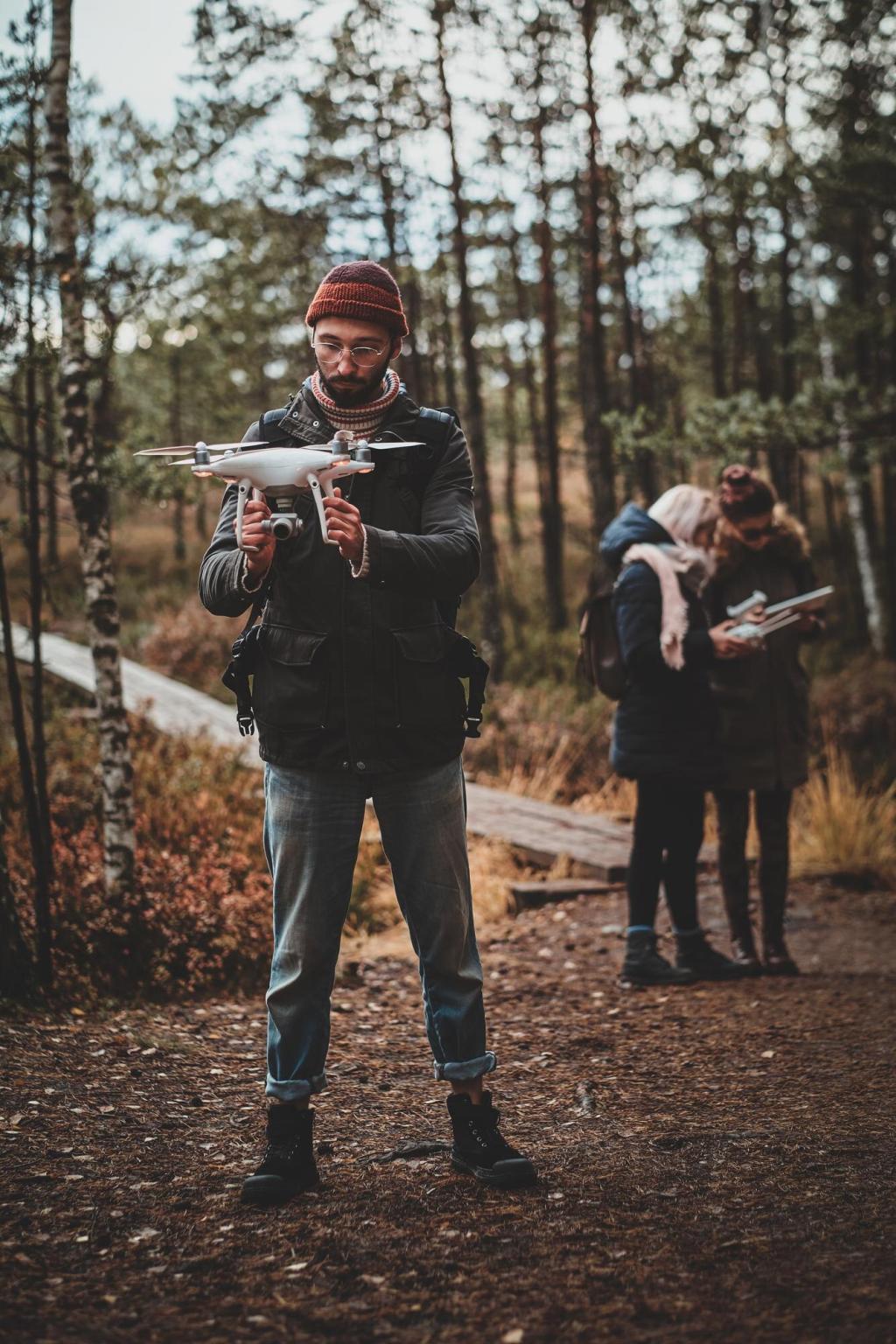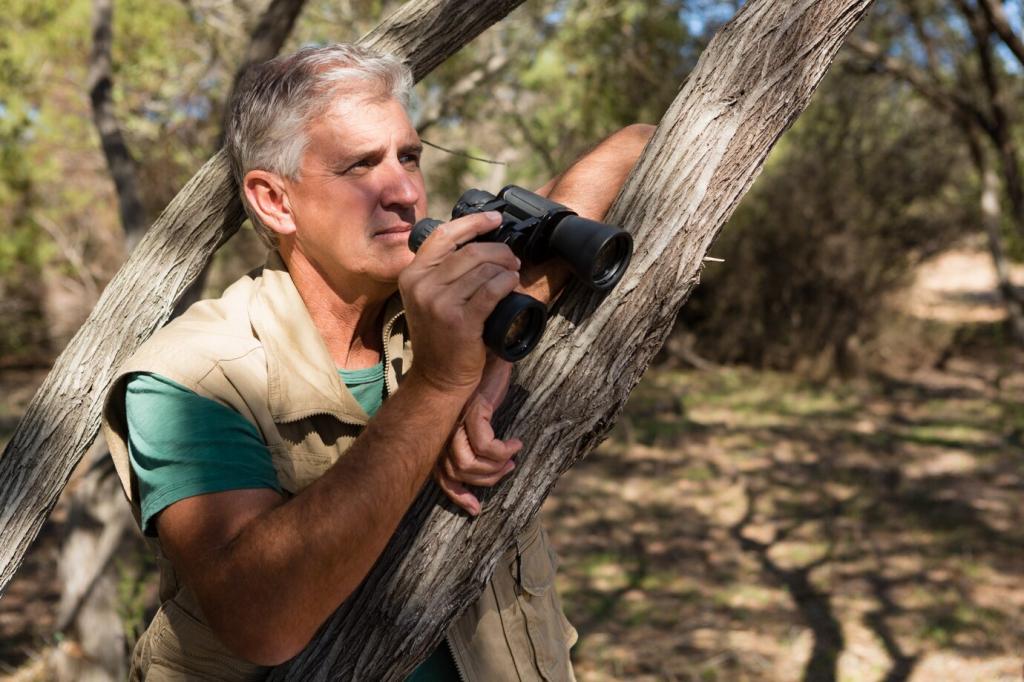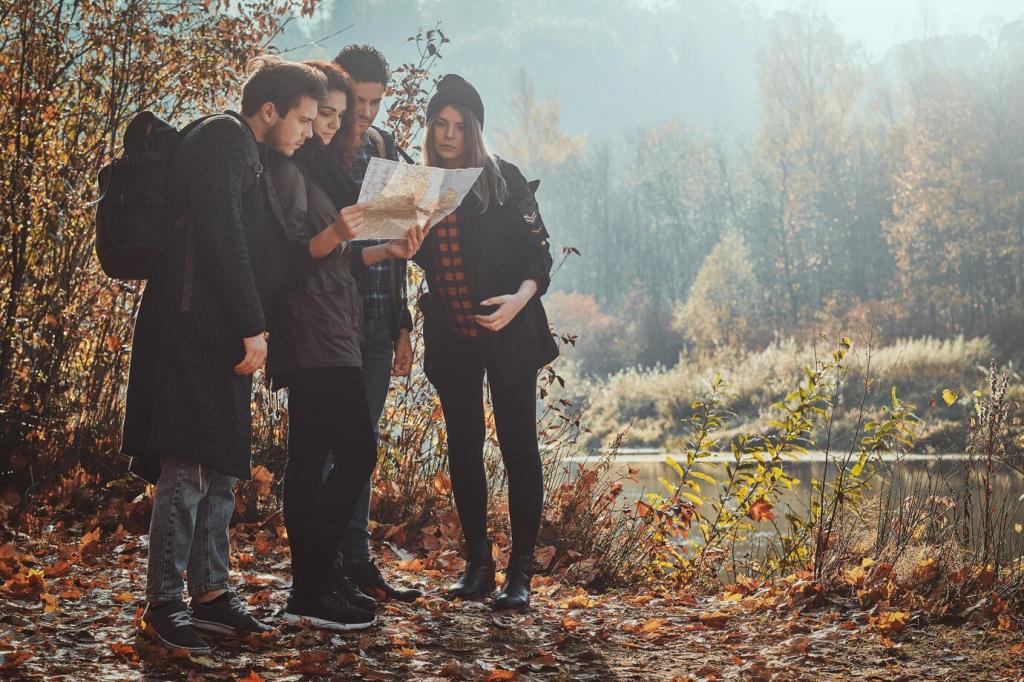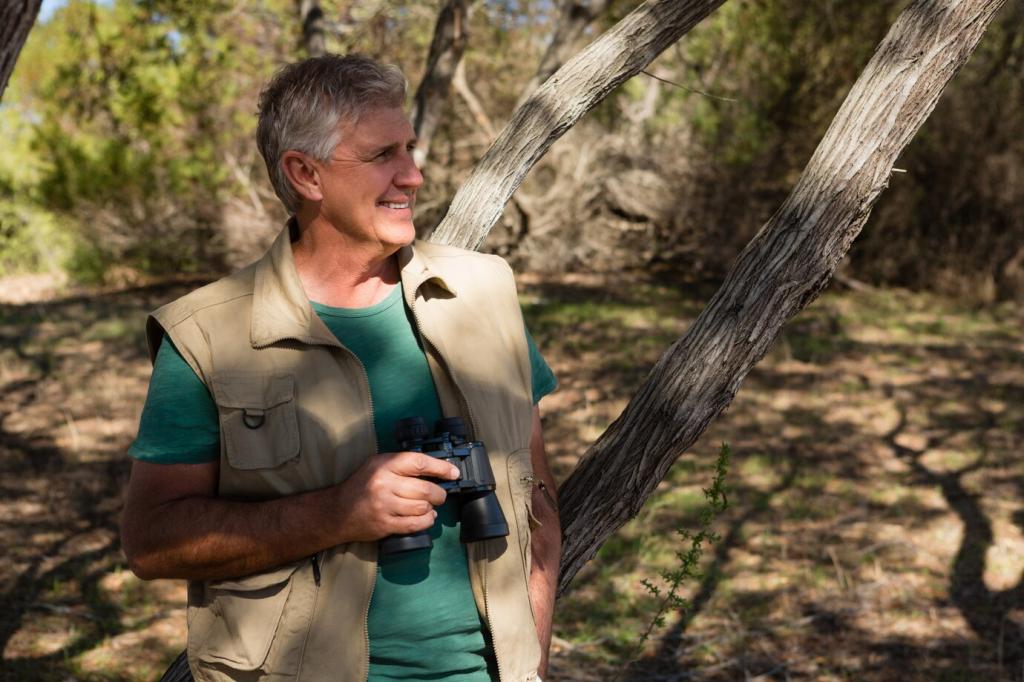Promoting Biodiversity Through Responsible Hunting
Chosen theme: Promoting Biodiversity Through Responsible Hunting. This home page explores how mindful harvest, science-led management, and community stewardship can strengthen ecosystems, protect habitats, and inspire people to care deeply for wild places. Read, reflect, and join the conversation to help biodiversity thrive through thoughtful action.
Why Biodiversity Needs Responsible Hunters
Keystone Balance on the Landscape
In many regions, responsible hunters help fill the regulatory role once played by extirpated predators, preventing herbivore populations from overwhelming plant communities. Balanced numbers protect saplings, understory flowers, ground-nesting birds, and pollinators, creating a web of stability that sustains biodiversity far beyond the hunted species.
From Overpopulation to Habitat Recovery
Unchecked deer or boar herds can strip forests and wetlands, leaving browse lines and eroded soils. When hunters follow science-based quotas, vegetation rebounds, streams run clearer, and sensitive species return. Many communities witness wildflowers, amphibians, and songbirds reappear after only a few carefully managed seasons.
Ethics That Drive Conservation Outcomes
The North American Model of Wildlife Conservation, fair-chase principles, and adherence to seasons create a framework where harvest supports ecological goals. Ethical restraint—targeting appropriate animals, respecting limits, and minimizing suffering—translates directly into healthier herds, resilient habitats, and public trust in responsible hunting.
Science-Backed Management in the Field
Data-Driven Seasons and Quotas
Wildlife agencies set seasons and tag numbers using field surveys, camera grids, age structures, and telemetry studies. These methods reveal recruitment rates, survival patterns, and habitat constraints, ensuring harvest aligns with carrying capacity and long-term biodiversity goals rather than short-term convenience or tradition.
Measuring Success with Real Indicators
Success is more than a filled tag. Managers track fawn-to-doe ratios, winter browse surveys, nesting cover quality, and waterfowl flight counts. When these indicators improve—alongside plant diversity and invertebrate abundance—responsible hunting proves its value to entire ecosystems, not just individual species.
Adaptive Management in Action
In one county, overbrowsing suppressed trillium and young oaks for years. After targeted antlerless tags and habitat work, wildflowers returned and saplings matured. Hunters, botanists, and birders celebrated together, demonstrating how adaptive adjustments and honest monitoring can restore balance and biodiversity.
Habitat Stewardship Beyond the Hunt

Restoring Edges, Corridors, and Cover
Edge habitats and wildlife corridors knit fragmented landscapes back together. Planting native grasses, creating brush piles, and protecting riparian buffers shelter small mammals, ground birds, pollinators, and reptiles. These efforts stabilize food webs and movement pathways, making harvest sustainable and biodiversity more resilient.

Battling Invasives, Boosting Natives
Volunteer crews pull garlic mustard, cut buckthorn, and replant native shrubs that host insects essential to songbirds. Responsible hunters often lead these efforts, knowing invasive thickets can collapse diverse communities. By restoring native structure, they lift entire food chains and improve habitat quality for countless species.

Funding the Wild—Every Purchase Counts
Through the Pittman–Robertson Act, excise taxes on firearms, ammunition, and archery equipment fund habitat restoration, research, and education. Responsible hunters directly finance wetland projects, prairie plantings, and wildlife crossings, transforming personal recreation into enduring biodiversity benefits for the public good.
Cultural Traditions, Modern Responsibility
Indigenous Knowledge and Reciprocity
Many Indigenous traditions emphasize reciprocity—taking only what is needed and giving back through stewardship. Responsible hunters echo this approach by practicing gratitude, honoring seasons, and supporting restoration, helping maintain cultural continuity while nurturing the ecosystems that sustain us all.
Field-to-Table Reduces Waste
Processing and sharing venison, waterfowl, or upland birds turns harvest into nourishment for families and communities. Donating meat to food programs and using the whole animal reduces waste, builds dignity around harvest, and connects people to landscapes that provide clean, healthy food.
Mentorship Changes the Narrative
Experienced hunters who mentor newcomers teach safety, ethics, and habitat awareness. When novices learn to read sign, respect regulations, and appreciate ecological limits, they adopt responsible habits that ripple outward, cultivating a culture where biodiversity and hunting coexist and flourish.
Gear and Practices that Minimize Impact
Non-lead ammunition prevents toxic fragments from entering carrion, protecting eagles, condors, and other scavengers. Switching materials is a simple, powerful step that maintains performance while safeguarding the intricate food webs that rely on clean nutrition and uncontaminated ecosystems.

Gear and Practices that Minimize Impact
Regular practice, ethical shot distances, and well-maintained equipment reduce wounding and stress on wildlife. Responsible hunters zero rifles, pattern shotguns, and rehearse real-world scenarios to ensure humane harvests that honor the animal, respect the landscape, and uphold conservation-minded values.
Engage, Learn, and Share
01
Join Citizen Science and Local Counts
Record sightings, upload trail-cam photos, and contribute harvest data to agency portals. Participating in community science projects like camera grids or amphibian call surveys turns everyday time outdoors into actionable information that improves management and strengthens biodiversity outcomes.
02
Subscribe, Comment, Collaborate
Subscribe to our updates for fresh guides, habitat tips, and science highlights. Comment with your questions, share field notes, and propose topics you want covered. Your voice helps refine practices that keep responsible hunting aligned with biodiversity goals and community values.
03
Tell Your Landscape’s Story
Post an anecdote about a meadow recovering after adjusted tags, or a wetland restored by volunteers and license dollars. Personal stories inspire others to act, transforming abstract principles into real examples of responsible hunting protecting biodiversity close to home.

